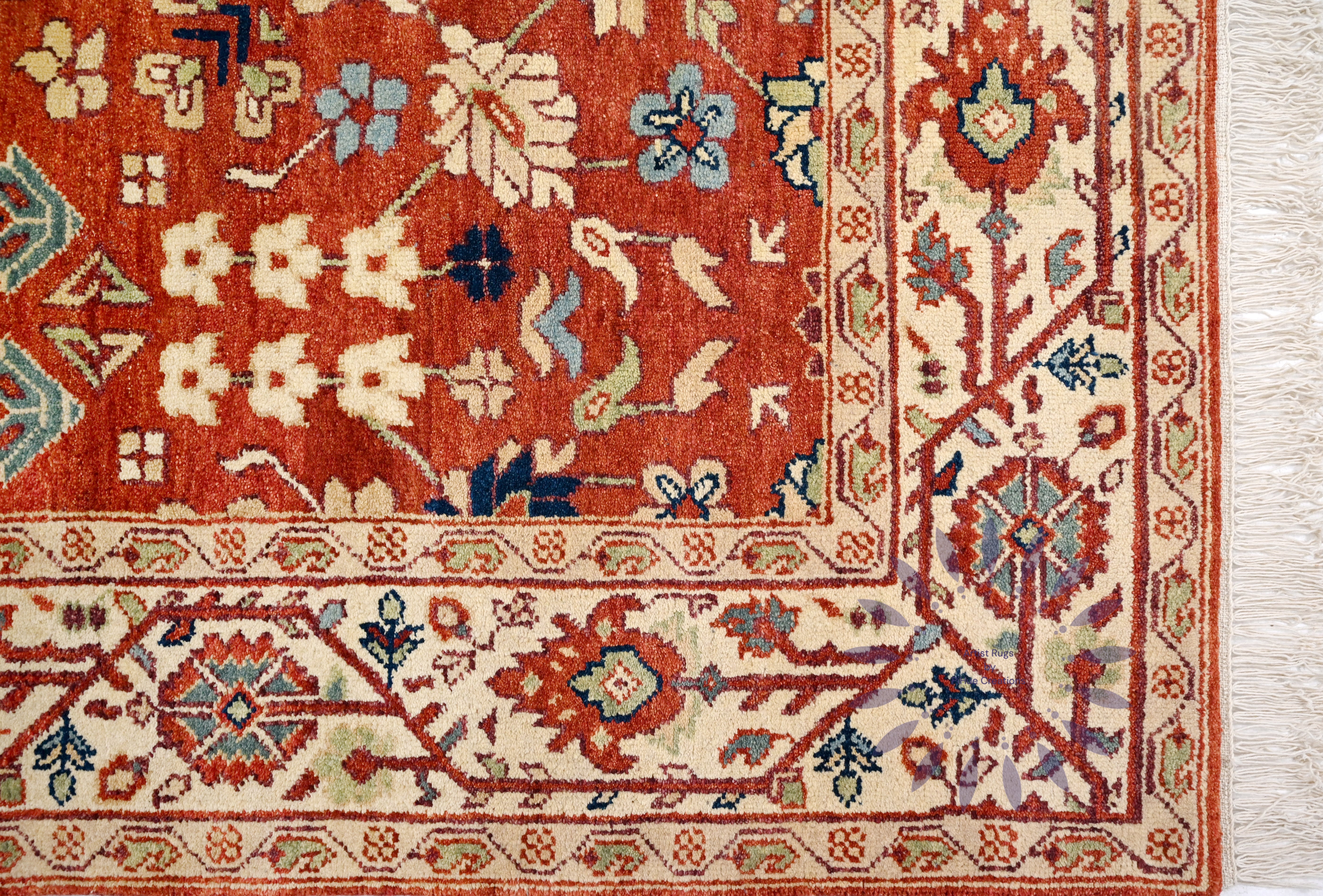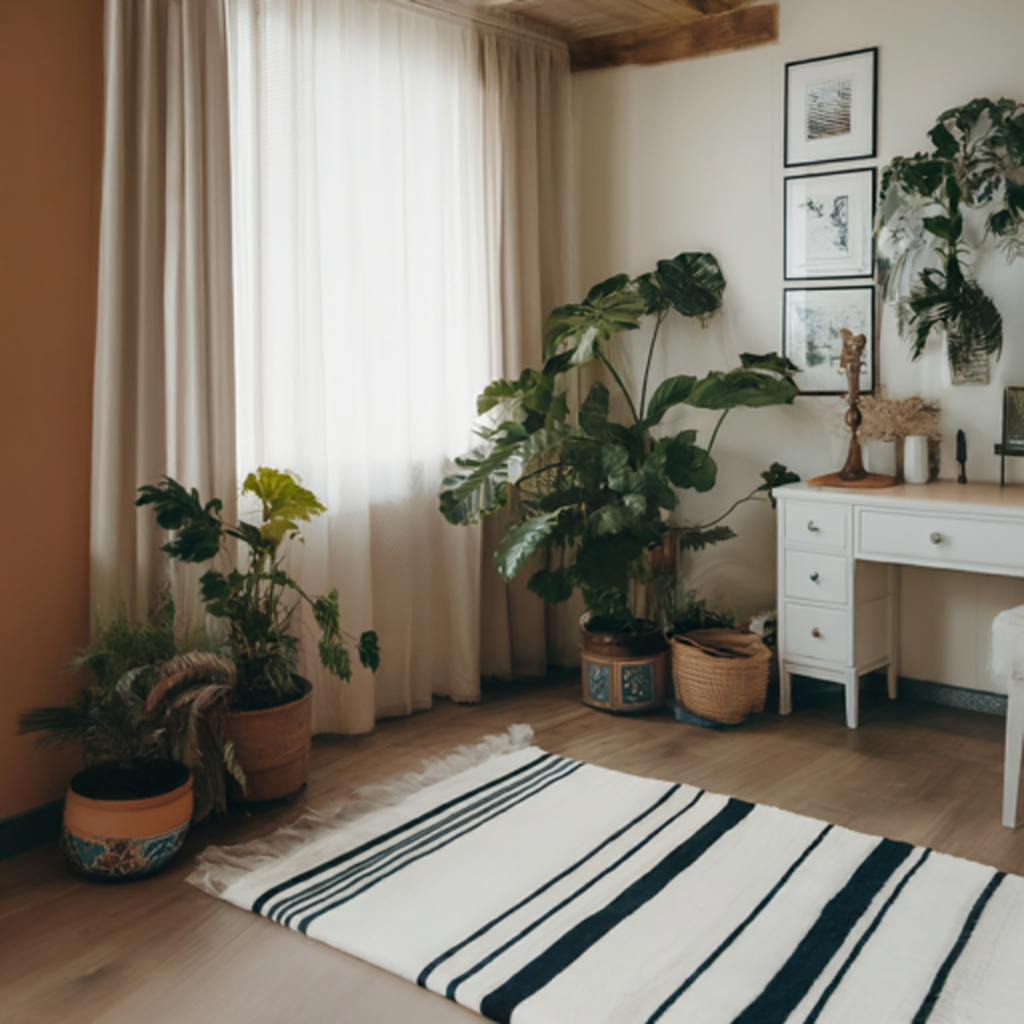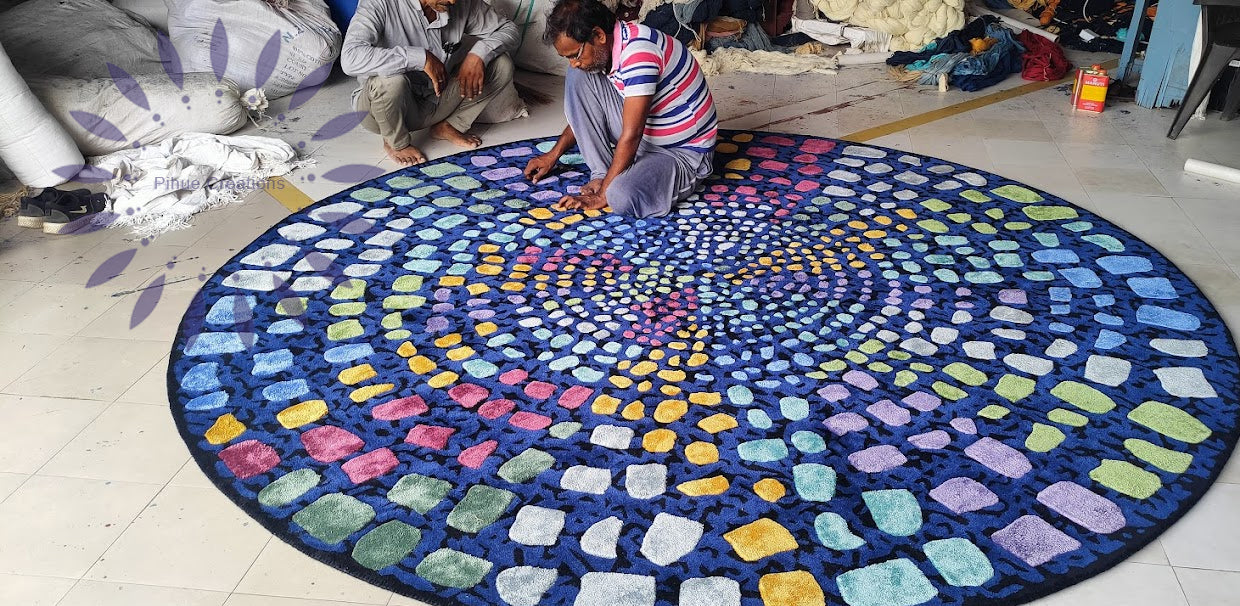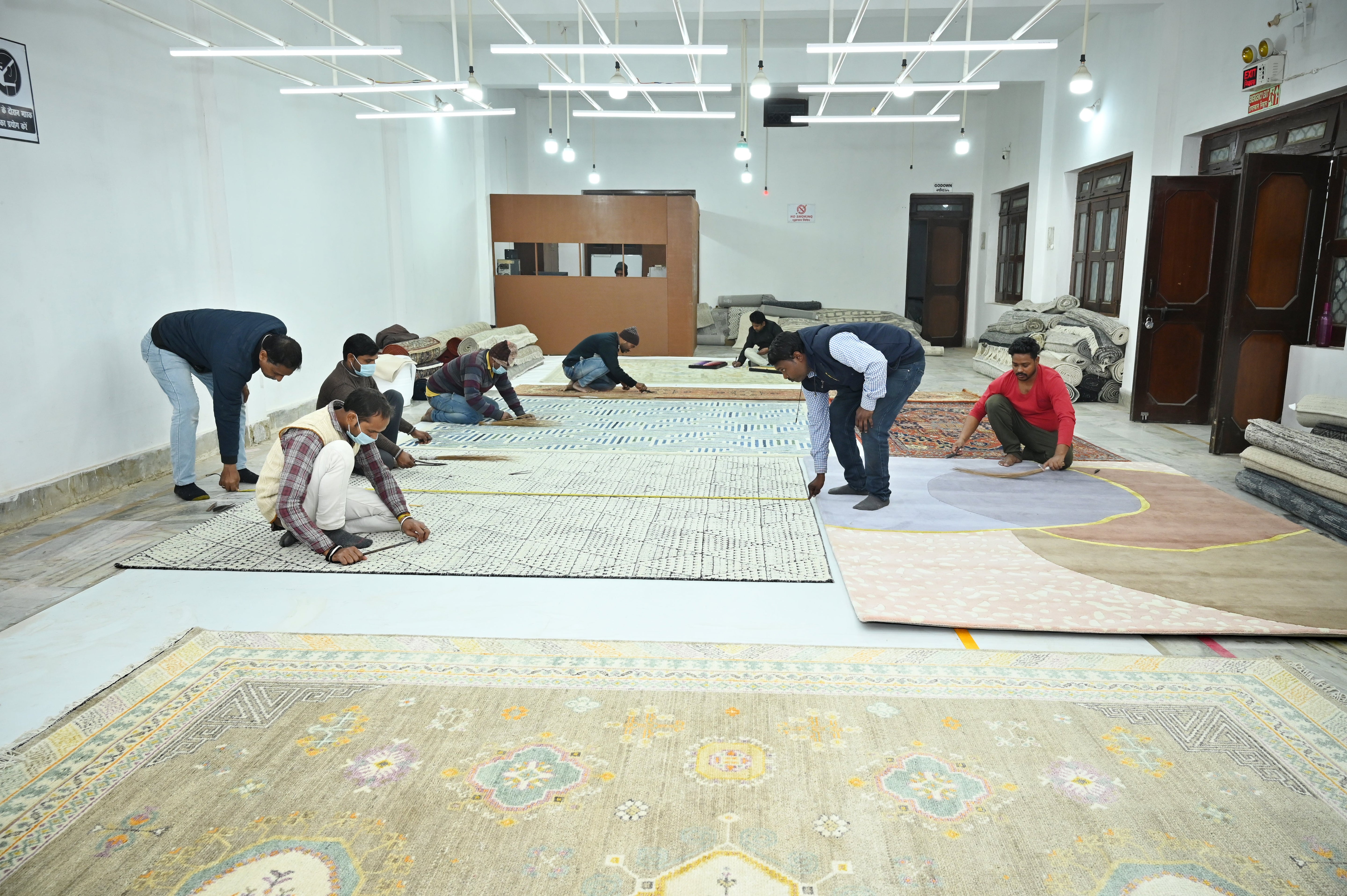
Supporting Artisans: Why Rug Weavers & Artist Communities Matter
In today’s fast-paced world of mass production, it’s easy to forget the human hands and cultural traditions behind the objects we use every day. Rugs, in particular, have long been more than just floor coverings—they’re works of art, carrying stories, heritage, and livelihoods of generations of skilled artisans. Supporting rug weavers and artisan communities is not only about owning a beautiful flatweave rug or handknotted rug—it’s about preserving culture, encouraging sustainability, and ensuring fair livelihoods for creators.
As buyers, choosing a handmade rug—be it a bohemian rug, wool jute rug, kilim rug, or Beni ourain rug—is a conscious decision to support artistry, ethics, and enduring quality. Here’s why artisan-made rugs matter in 2025 and beyond.
1. Every Rug is a Story, Not Just a Carpet
Unlike mass-produced factory rugs, an artisan-made area rug embodies centuries-old techniques passed down through generations. Whether it’s a kilim area rug woven on traditional looms, a tribal rug showcasing cultural symbolism, or a Persian style rug with intricate floral motifs, each piece carries meaning.
Artisans don’t just create floor coverings; they weave their identity, traditions, and creativity into each design. A neutral palette rug in ivory and beige, or a vibrant red and blue Oushak rug, tells a story that connects the weaver to your living room or bedroom. This emotional value transforms a rug from a mere home décor accessory into a lasting heirloom.
2. Handwoven Rugs Mean Unmatched Quality
When you choose a handwoven rug, flatweave rug, or handknotted rug, you’re investing in craftsmanship that mass production can’t replicate. Techniques such as handknotting or wool jute weaving result in durable, long-lasting carpets that often outlive machine-made alternatives.
Sizes like 4x6, 5x8, or 8x10 area rugs are meticulously produced over weeks or even months. This time-intensive process guarantees not only durability but also individuality—no two rugs are identical. A large rug for the living room or a runner rug for an entryway made by artisans is not just practical but also an investment in authentic, timeless quality.
3. Artisan Rugs Support Sustainable Living
Sustainability is becoming a central concern in interior design, and artisan-made rugs naturally align with eco-friendly living. Most handmade rugs use natural fibers like wool, cotton, and jute, and many employ plant-based dyes that are safe for the environment.
By choosing an eco-friendly rug, buyers reduce their carbon footprint while ensuring fair wages for weavers. Unlike synthetic, machine-made carpets that often contribute to waste and pollution, an artisan’s rug is designed to last decades, sometimes even centuries. A vintage carpet or antique rug on Etsy not only reduces waste but also gives new life to a piece of history.
4. Empowering Artisan Communities
Behind every custom rug or handmade kilim rug, there’s a family or community whose livelihood depends on weaving. In countries like India, Turkey, Morocco, and regions where Navajo rugs or tribal rugs originate, rug weaving sustains local economies.
When you purchase a contemporary rug or bohemian rug directly from artisans or ethical sellers, you empower communities by ensuring fair wages, better living standards, and opportunities for future generations to carry on the tradition. This kind of support strengthens entire communities and keeps invaluable cultural practices alive.
5. Diversity of Styles for Every Home
Artisan-made rugs aren’t limited to one style—they offer incredible variety to match every design preference. From minimalist rugs and Scandinavian rugs with clean, geometric lines to distressed rugs that look beautifully aged, artisan pieces blend effortlessly with modern interiors.
-
For bold color lovers: red or green Persian style rugs add drama.
-
For neutrals: beige and ivory contemporary rugs create calm.
-
For eclectic spaces: bohemian rugs or tribal Oushak rugs layer beautifully with textures.
-
For entryways: runner rugs in geometric or kilim designs add personality.
-
For gifts: A bedroom rug or housewarming rug made by artisans is thoughtful, lasting, and meaningful.
With artisans offering everything from custom rugs to eco-friendly wool jute rugs, buyers can select pieces that perfectly reflect their space and values.
6. Why Buying Old & Vintage Rugs Matters Too
Supporting artisans doesn’t always mean buying new. Many shoppers are turning to vintage carpets, old rugs, and antique rugs for their character and history. Each vintage piece is evidence of decades of artistry and resilience. Choosing vintage not only honors the weaver who created it but also supports sustainability by extending the life cycle of an already existing piece.
In 2025, Etsy buyers are increasingly drawn to vintage distressed rugs or neutral palette kilim area rugs that bring warmth and uniqueness to interiors while celebrating heritage.
Final Thoughts: Rugs That Make a Difference
When you buy an artisan-made rug, you’re not just decorating your floor—you’re becoming part of a much bigger story. You’re choosing tradition over mass production, supporting communities over corporations, and sustainability over waste.
Whether it’s a wool rug for your living room, a Scandinavian-style runner rug for your hallway, or a custom eco-friendly rug for a housewarming gift, each artisan piece is a reminder that beauty and ethics can coexist.
So next time you’re browsing for a modern rug, handmade kilim, or vintage carpet, remember: every purchase is a vote for artistry, culture, and humanity. And that’s what truly transforms a rug into a meaningful piece of home décor.








